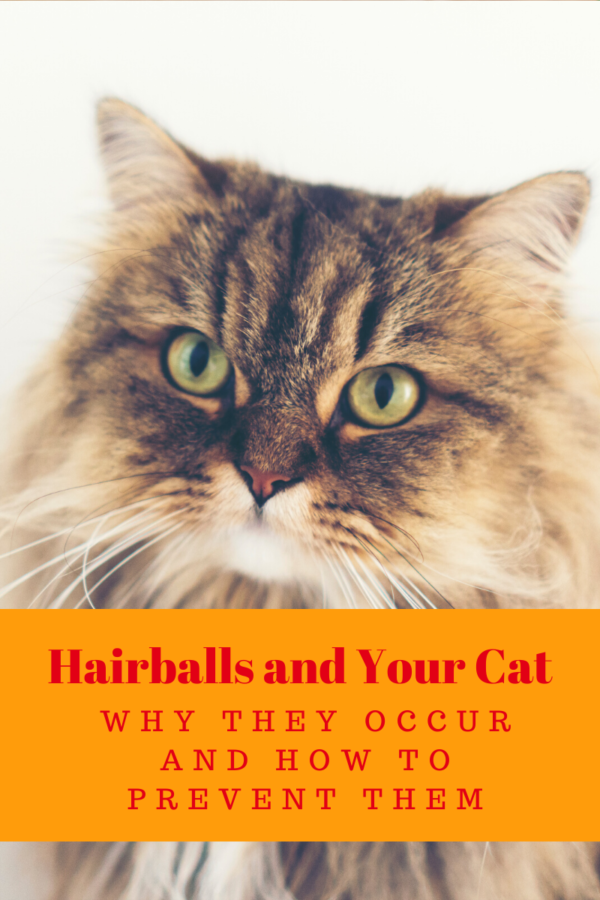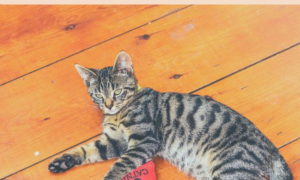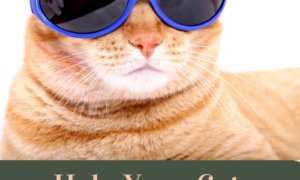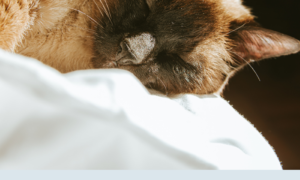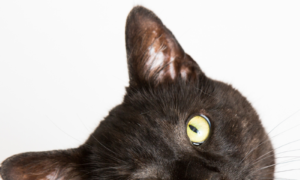Today is National Hairball Awareness Day, a special day to highlight causes, treatments and prevention of hairballs. In this article, I’ll discuss common reasons cats get hairballs, why it’s a problem, and ways to prevention them from forming.
The occurrence of hairballs was simple to explain when cats primarily lived outdoors: Their shedding cycle was determined by natural cycles of light that occur in nature.
Disclosure: This post contains affiliate links. We receive a small commission on goods purchased through these links at no additional cost to you.
They shed their thicker winter coats in spring in exchange for a thinner summer coat. The situation reversed itself once the weather turned colder, and hours of light diminished.
Why Cats Get Hairballs
Indoor cat’s bodies are thrown off by living indoors. Lights are on at hours that don’t coincide with Mother Nature.
Other reasons a cat’s body is thrown off its natural coat shedding rhythms include temperature, nutrition, hormones, body chemicals, genetics and the health of the cat.
Hairballs are balls of hair that form in a cat’s stomach as a result of grooming. While any cat can develop a hairball, they tend to be more prevalent in long-haired cats. It’s normal for cats to have hairballs on occasion, it isn’t normal to have them multiple times a week.
Why Hairballs Are Dangerous
Hairballs are more than an annoyance for pet parents, they can cause serious health issues requiring veterinary care such as:
- Ongoing vomiting, gagging, retching or hacking without producing a hairball
- Lack of appetite
- Lethargy
- Constipation (intestinal blockage may have taken place)
- Diarrhea
- Bloated abdomen
Prevention
Here are some ways to prevent hairballs from forming:
- Brush your cat daily or at minimum several times a week. Removing loose hair will minimize the size and frequency of hairballs when your cat grooms himself. Marty loves the flexible bristle massaging brushes, so he looks forward to brush time.
- Make sure your cat has enough moisture in his/her diet. If your cat’s diet consists solely of dry kibble, consider adding canned food to his diet.
- Add a little fiber to your cat’s diet. A teaspoonful of pure pumpkin puree daily helps reduce hairballs, and allows new ones to be eliminated easier
- Add an omega-3 supplement (krill oil is a good choice).
- Is your cat grooming constantly? Some cats groom excessively as a way to combat boredom or relieve stress Try scheduling more play sessions with your cat or present a new toy to distract him.
Watch for changes in your cat’s behavior because cats are experts at covering up health issues. If you notice any changes in your cat’s behavior, such as eating, litter box usage, or energy level, consult your veterinarian right away.

